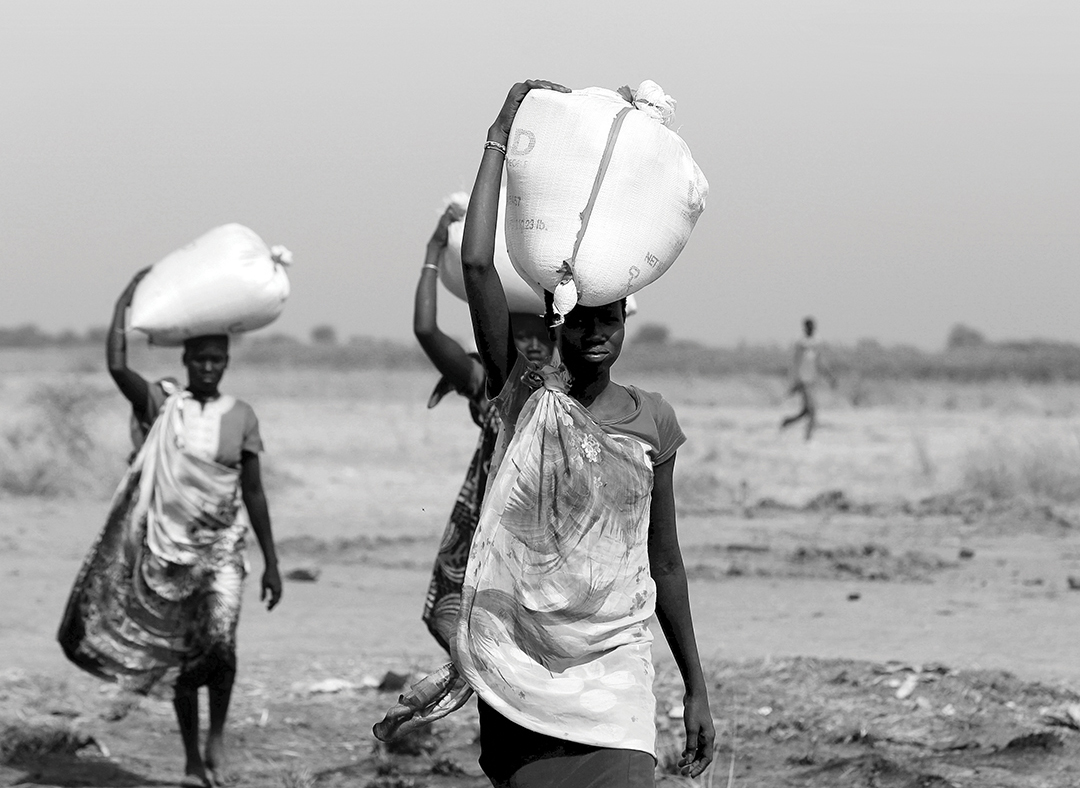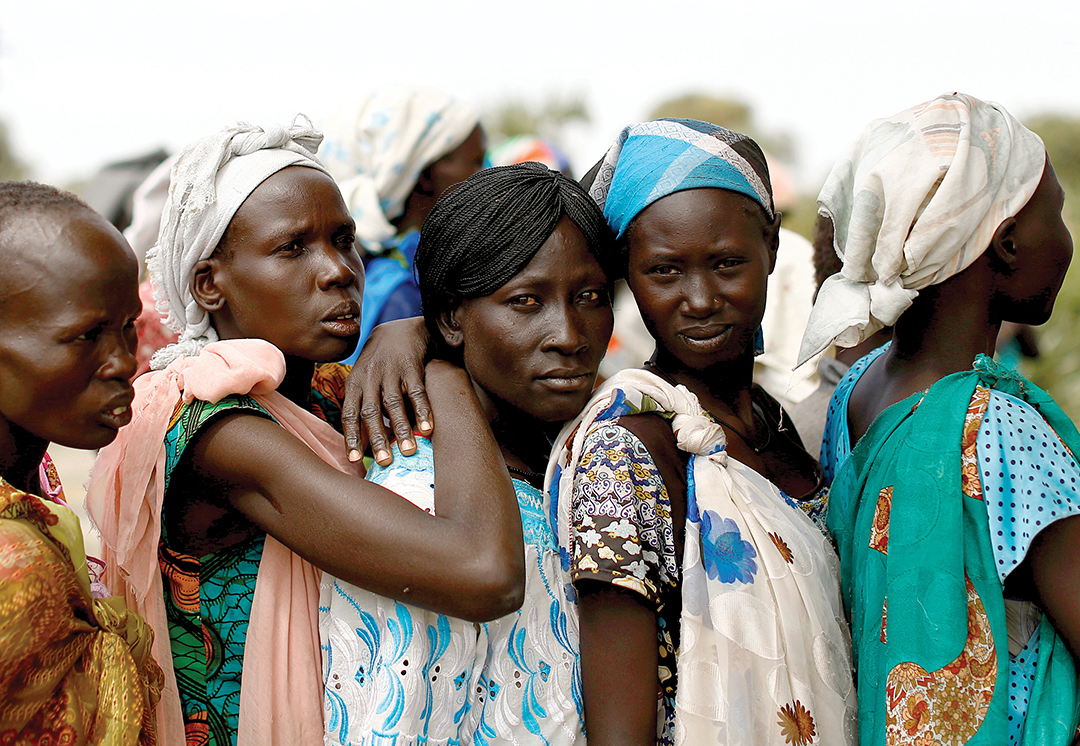The African Standby Force Can Deploy in Times of Natural Disasters, Humanitarian Crises
ADF STAFF
Africa has for years been working toward creating a force that could respond quickly to security crises anywhere on the continent. Known as the African Standby Force (ASF), it brings to bear 25,000 personnel — 5,000 from each of five Regional Economic Communities (RECs) — to intervene and secure peace during a crisis.
Military, police and civilian personnel comprise the ASF. Thousands from all over the continent gathered in Lohatla, South Africa, in October 2015 for Amani Africa II, an exercise to test the readiness of the force. Soldiers in trucks, armored personnel carriers and helicopters conducted a mock war drill as red and green smoke, marking enemy and allied positions, respectively, filled the air.

Bombs, bullets and flares made for an impressive display of coordinated military strength. But military hardware won’t be the only tools at the ASF’s disposal. Under certain circumstances, the tools might be shovels, hammers, bandages and syringes.
The ASF also has a mandate for responding to a wide range of humanitarian and natural disasters, regardless of whether they are caused by conflict. African Union (AU) officials have approved guidelines for just these types of missions, called Humanitarian Action and Natural Disaster Support (HANDS) operations. AU officials and others met in Addis Ababa, Ethiopia, in September 2015 to finish writing guidelines for HANDS and again in December 2016 to begin talking about how to plan for and operate such missions under the guidelines.
In the latest meeting, participants discussed the AU’s humanitarian policy, requirements for HANDS operations, and ASF assets and logistics. In addition, they talked about training, civil-military cooperation and lessons the AU’s Somalia mission has yielded in that regard. Finally, nongovernmental organizations — the Norwegian Refugee Council, African Humanitarian Action and the West Africa Disaster Preparedness Initiative — offered their perspectives.
AU DISASTER RESPONSE GUIDELINES
The purpose of the guidelines for ASF HANDS missions is to “develop appropriate measures to facilitate humanitarian action in complex humanitarian crises or emergencies, such as those created by armed conflicts, natural and human induced disasters, and to determine to what extent the ASF can be employed in supporting efforts to address those situations and their effects.”
The HANDS program was initiated in 2012, two years after the Heads of State and Government asked the chairman of the AU Commission to look at establishing a way to respond rapidly, “in a coordinated, harmonized and efficient way,” to humanitarian crises. The 2010 Haitian earthquake was noted as inspiring the AU to act. The guidelines include the following objectives:
- Securing populations, government buildings and infrastructure, especially when a state’s security is disrupted.
- Creating a secure environment so other humanitarian agencies can respond.
- Helping RECs and member states respond to disasters.
- Providing logistical support such as airlift, equipment, communications and transportation.
- Coordinating civil and military efforts.
- Offering technical and personnel assistance to support recovery and post-conflict reconstruction.

The ASF originally was designed to deploy under six scenarios, all of which carry some degree of strategic military or security focus. Those same scenarios won’t necessarily provide the basis for a HANDS mission. However, an ASF force could be called upon to support a HANDS mission even if it already was deployed for security purposes, the guidelines state.
Any time military personnel and assets are involved for civilian purposes, it can be fraught with political concerns. The AU pledges that if military assets must be used for humanitarian purposes, it will be done under civilian leadership, be limited in time and scope, and conducted in accordance with long-standing humanitarian principles.

the readiness of the African Standby Force. AFP/GETTY IMAGES
THE AU’S EBOLA RESPONSE
The AU has had experience responding to humanitarian disasters, although not specifically through the ASF mechanism. After the West African Ebola outbreak of 2014-2016, the AU mobilized the AU Support to Ebola Outbreak in West Africa (ASEOWA) mission in the fall of 2014. By the time the mission officially ended on December 31, 2015, ASEOWA had deployed 855 people to Guinea, Liberia and Sierra Leone. Of those, 740 were medical personnel. ASEOWA personnel worked alongside other responders, including a United Nations team, the World Health Organization, Doctors Without Borders, the United States military and others.
ASEOWA leaders attended the workshop in Addis Ababa in September 2015 to share their insights and lessons learned with officials who had gathered to finalize HANDS guidelines.
DISASTERS AND DUTIES
HANDS guidelines state that a humanitarian intervention could arise as a result of several natural or human-induced disasters, such as drought and desertification, floods, landslides, earthquakes and volcanoes, industrial hazards and pollution, and diseases and epidemics.
Once deployed to one of these disasters, ASF HANDS personnel could be called upon to perform a number of duties. Among the most common are providing and treating water, conducting evacuations, providing temporary shelters, and working to open or restore communications. During disease outbreaks, such as the West Africa Ebola epidemic, ASF workers could be called upon to immunize people, enforce quarantines and provide logistical support to health workers.


Comments are closed.